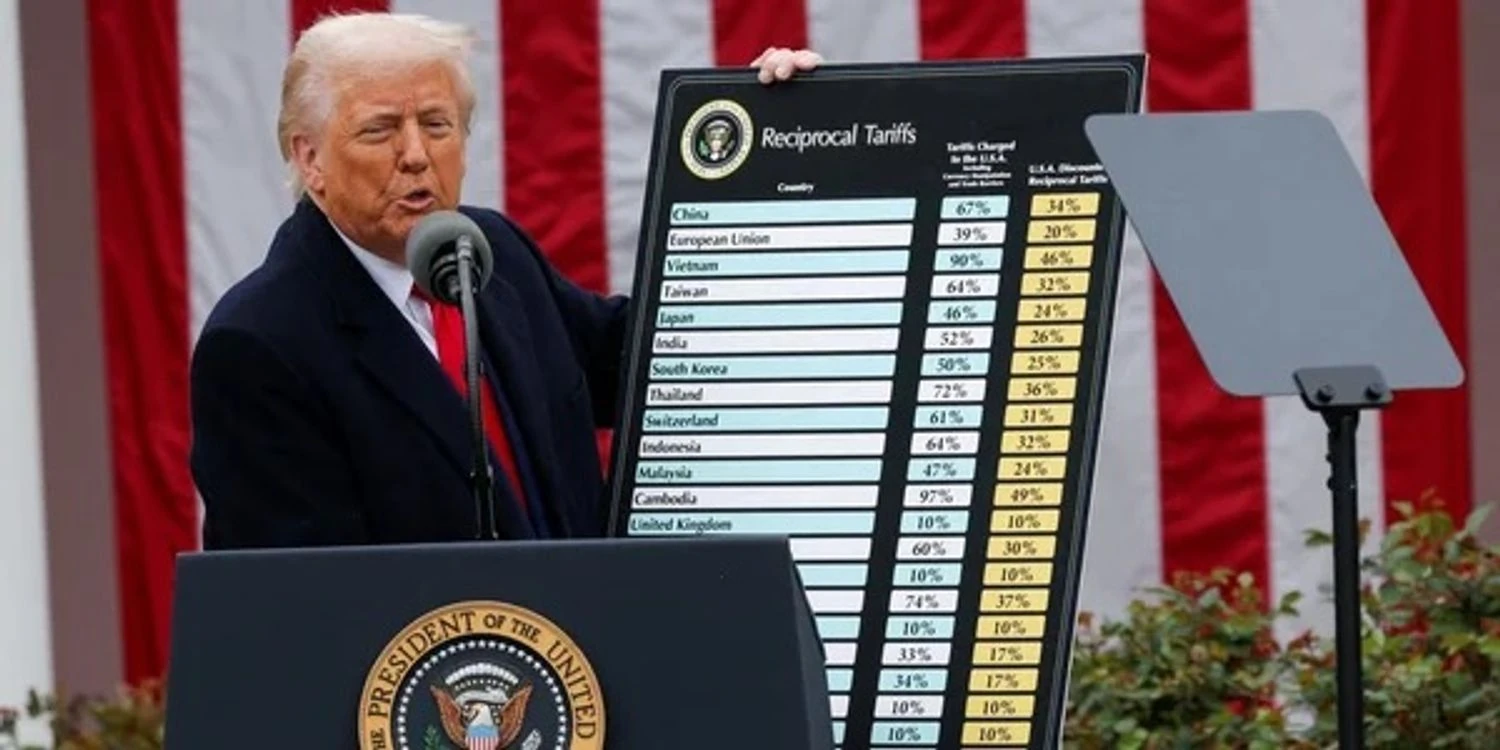“New Tariffs from Donald Trump: For Which Countries Has the Situation Changed After August 1?From August 1, the US maintains a 10% universal tariff but introduces a 15% minimum tariff for countries with a trade deficit.
Trump fragmented negotiations, successfully reaching agreements with Europe while continuing pressure on China.
”, — write: unn.ua
Trump’s Customs Policy
Now, unlike at the beginning of his customs policy, Trump has started to approach it very selectively regarding other countries. For some, it’s 5%, for others, it’s 50%. With some, primarily China, negotiations have been extended for another 90 days. The key issues of the new US trade balance have already been resolved. This refers to negotiations with Europe, a parallel track of negotiations with China, decisions regarding India and Brazil, and decisions regarding Canada and Mexico. Trump has resolved the main issues, and that is why no Rubicon was crossed after August 1. Negotiations have long been fragmented into separate negotiation tracks that Trump’s entourage is conducting with individual countries.
He added that the duties primarily affected those countries that currently do not have a negotiation track with the United States. This refers to states that are not important partners for the United States.
Countries that do not yet have a separate negotiation track received new tariffs from August 1. These are non-key countries. With key countries, the US has either reached agreements or has separate negotiation tracks. Non-key countries include certain countries in Central Asia or Southeast Asia, certain countries in the Middle East, Africa, or Latin America.
Trump concluded a trade deal with South Korea with 15% tariffs31.07.25, 04:21 • 4644 views
Bortnik also noted that in its customs policy, the US sought to solve two problems – the trade deficit with Europe and curbing China. Trade relations with Mexico and Canada are of some interest to Trump, but this is not a major problem at the moment.
The issue with Europe has been resolved, and negotiations with China will continue. All other trading partners are not as important to the US. There are also Mexico and Canada, but they are not as important as Europe and China.
US Trade WarRuslan Bortnik also mentioned the recent tariffs for India and Brazil of 25% and 40% respectively. Here, according to the political scientist, the situation is quite specific, as India and Brazil are the leaders of BRICS, displacing Russia and China in this regard. This, coupled with strained economic relations, prompts Trump to put pressure on these countries.
It was not possible to reach an agreement with Brazil and India, and now the US is pressuring them to force them to agree to certain arrangements. In addition, it should not be forgotten that Brazil and India are key BRICS countries. A BRICS forum recently took place in Rio de Janeiro, where Brazil and India dominated. Russia and China were absent at the level of heads of state. And of course, large trade deficits, complex economic relations, especially between Brazil and the US – all this led to them being presented with a very high bar of ultimatums.
Bortnik also added that Trump signed a separate decree increasing the duty for Canada from 25% to 35%, as unresolved issues remain with this country, as with Mexico. From the very beginning, Canada was one of the first candidates for increased duties.
(Canada and Mexico – ed.) – important trading partners for the US, as a large amount of land exports, energy exports, and industrial exports go through these countries. Canada – energy exports, Mexico – industrial. Many problems remain unresolved, and therefore Canada fell into the category of countries for which tougher trade duties were applied from August 1.
Oil prices stabilized amid assessment of Trump’s tariff threats and rising US inventories31.07.25, 08:19 • 4540 views
At the same time, according to the political scientist, the dependence of the American economy on the economies of Canada and Mexico is very close, and the US will not be able to punish these countries without harming itself.
I think the dialogue regarding the future trade and economic balance will continue. From time to time, this dialogue will be interrupted by sharp actions from the US, as has happened before, but no drastic changes will occur.
US Customs War against the EUBortnik also emphasized that Trump achieved the greatest success on the customs front by putting pressure on Europe. In particular, EU countries will now purchase $750 billion worth of energy carriers from the US. In addition, a 15% duty will be introduced on European export goods entering the US.
Trump achieved the most favorable agreement with the European Union countries. This includes promises to purchase $750 billion worth of American energy carriers, plus an additional 15% customs tariff on all European goods exported to the United States of America. I believe that thanks to this, the US will overcome the trade deficit with Europe of 200-300 billion euros annually. With Europe, the conditions are currently the most favorable.
Summing up, Ruslan Bortnik noted that the most difficult negotiations continue to be with China, as Beijing has felt that it can influence the US by stopping the export of rare earth metals.
Beijing is fiercely bargaining, and therefore there are no concrete steps regarding China, other than that negotiations should continue.
US imposes 15% tariffs on wine and alcohol from EU: negotiations continue31.07.25, 14:59 • 3244 views
